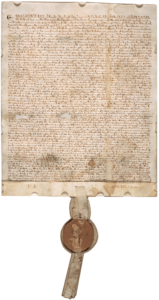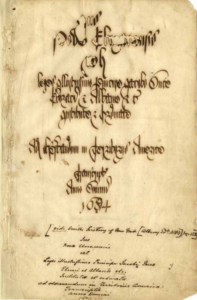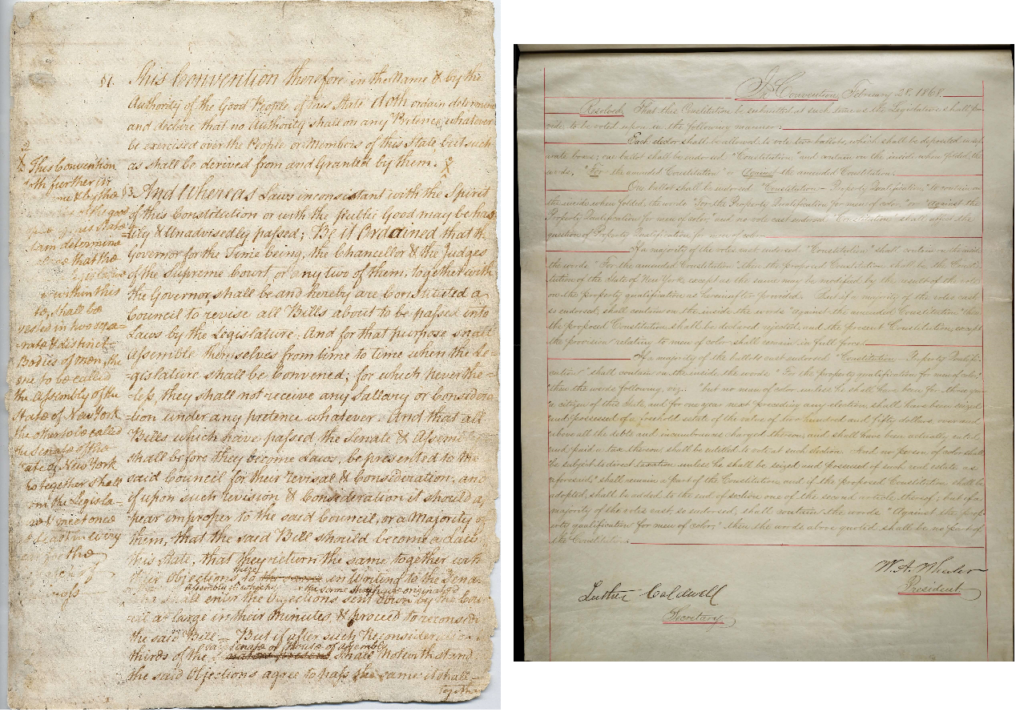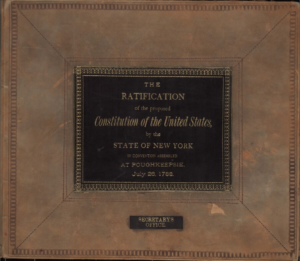The various charters that were in force in the colony of New York, the constitutions adopted by the people of the State of New York since the Revolution, and the federal constitution and its Bill of Rights are reproduced here to give context to the decisions of the judges in the landmark New York cases highlighted on this website.
Following the Revolution, New York commenced the process of adopting its constitutions. A constitution is the paramount law of the nation or state that constrains and provides the framework for the exercise of power. In the federal and New York State constitutions, governmental authority originates with the citizenry and is based upon the commitment to liberty under the Rule of Law that gradually emerged during colonial times. The government itself is not above the law and governmental power is divided; laws are enacted by one body, administered by another, and an independent judiciary ensures that the laws are constitutional and administered fairly and objectively. The rights of individuals are determined by legal rules rather than the arbitrary actions of the government, and no punishment can be imposed unless a court decides there has been a breach of law.
The U.S. Constitution and its Bill of Rights also must be considered when looking at New York’s adherence to the Rule of Law. In addition to presenting the documents themselves, we look at the New York contribution to the ratification of the federal constitution.

Magna Carta

Dutch Charters & Remonstrances

The Flushing Remonstrance, 1657

British Colonial Charters

New York State Constitution

